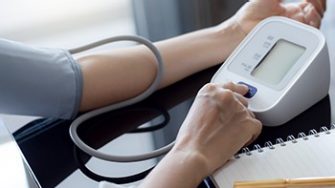Spotlight on blood pressure measurement needed to prevent silent killer
High blood pressure (hypertension) is the leading preventable risk factor for death globally and significantly increases the risk of life-threatening conditions such as heart attack, stroke and kidney disease.

